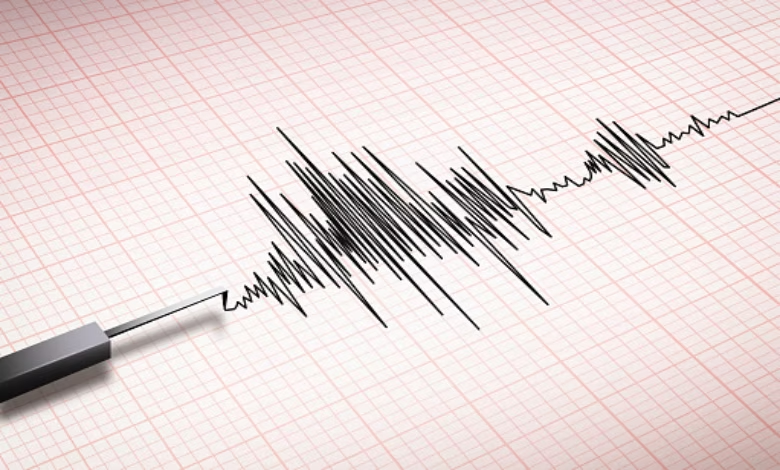A major seismic event of 7.4 magnitude on the Richter scale rattled the southern island of Mindanao in the Philippines, triggering immediate tsunami warnings from authorities and calls for coastal residents to move to elevated areas without delay. In the wake of this intense shaking, officials have warned of possible aftershocks that could further unsettle the affected zones.
The earthquake, which struck with considerable force, has heightened concerns across the archipelago nation, known for its position along the Pacific Ring of Fire—a volatile zone prone to frequent geological activity. Preliminary assessments from the Philippine Institute of Volcanology and Seismology (PHIVOLCS), the body tasked with monitoring such events, indicate the epicenter lay in the waters off Mindanao’s eastern shore, at a shallow depth that amplified the ground motion felt onshore.
Eyewitness accounts describe buildings swaying violently, with reports of cracked roads, disrupted power supplies, and minor structural damage emerging from areas like Davao City and surrounding municipalities. While no immediate casualties have been confirmed, emergency response teams have mobilized to evaluate the full extent of impacts and assist those displaced by the tremor.
The tsunami alert, issued promptly by PHIVOLCS and echoed by the U.S. Tsunami Warning Center, encompasses not only the Philippines but extends to neighboring regions including Indonesia, Taiwan, and parts of Japan, where low-level wave threats are anticipated. Authorities emphasized the precautionary nature of the advisory, advising against return to low-lying zones until the all-clear is given, typically after seismic activity subsides.
ALSO READ : Powerful 6.9 Magnitude Earthquake Strikes Central Philippines
This incident underscores the Philippines’ ongoing vulnerability to natural disasters, where earthquakes and volcanic eruptions claim numerous lives annually. In recent years, similar quakes have led to devastating tsunamis, such as the 1976 event that killed over 8,000 people. As rescue operations commence, the government is coordinating with international partners to bolster relief efforts, ensuring rapid aid distribution to vulnerable communities.
PHIVOLCS continues to track seismic patterns, urging the public to prepare emergency kits and adhere to evacuation protocols. Updates from the agency and local media outlets will provide ongoing details as the situation evolves. For now, the focus remains on safety, with millions holding their breath amid the uncertainty of nature’s unpredictable fury.
